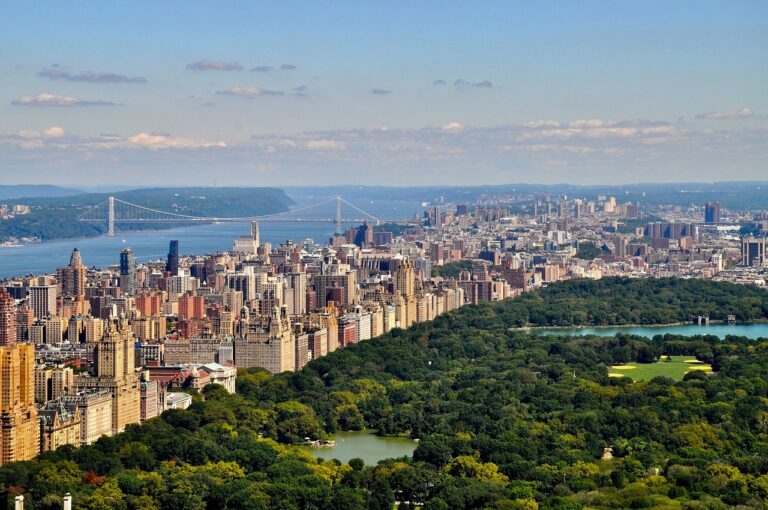We need to reimagine cities in a way that will help us to stop climate change. While cities are responsible for nearly 70 percent of global greenhouse gas emissions, they also have enormous potential to reduce them, and doing so could save millions of lives by the end of this century. The best part is that we already know how to make our major urban areas more efficient and sustainable: we just need to redesign them from top to bottom.
Table of Contents
Cities have large carbon footprints, but they also have the power to reduce emissions quickly
Cities produce more than 70 percent of the world’s carbon dioxide emissions. At the same time, they have great potential to reduce those emissions and make a rapid transition to renewable energy sources. In fact, cities can reduce emissions by 30 percent in the next 20 years, and that’s with only moderate changes to their transportation systems and buildings.
If we want our cities to thrive in a hotter future, we need bolder solutions. Cities are already taking action: New York City has committed to reducing greenhouse gas emissions by 80 percent by 2050; Los Angeles aims for 60–80 percent reductions by 2050, and Copenhagen aims for 100 percent renewables by 2025 or 2030 at current rates of progress.
Designing more efficient buildings can reduce emissions by 30 percent
To stop climate change and meet our city’s climate goals, we need to make buildings more efficient. Designing more efficient buildings can reduce emissions by 30 percent in the next 20 years. Here are some ways to design a building that will save energy and money:
- build smaller homes: choose a smaller home or apartment size than you might typically choose. Smaller homes use less energy for heating and cooling than larger ones;
- use renewable sources of energy: if you’re building a new home or apartment complex, consider using solar panels for electricity instead of fossil fuels like coal or oil shale that contribute heavily to climate change.
Urban areas are warm shields that drive up temperatures
Urban areas are warmer than rural areas. According to a study published in Nature, the average temperature for cities is about 1 degree Celsius higher than their surrounding suburbs and 2 degrees higher than the immediate rural areas. This means that urban heat island (UHI) effects are not just limited to city centers—they extend outward into surrounding suburban and even rural areas.
The same study found that UHIs can also cause nighttime temperatures to rise by as much as 6 degrees Celsius higher than they would without an urban environment present. As temperatures continue to rise due to climate change, this creates problems for energy use, public health, and ecosystem sustainability that we must address if we want our planet’s future generations to have healthy lives on Earth.
Air pollution is a major problem for cities
Air pollution is the cause of about 7 million premature deaths each year, and it’s also a major contributor to climate change. This will become an increasingly important issue as we continue to move towards renewable energy sources. This means that city design needs to be reimagined to accommodate this shift in energy consumption patterns.
Heatwaves are a growing threat to city dwellers, especially vulnerable populations
As the climate continues to warm, heat waves will become more frequent and intense, especially in cities. Heatwaves can be deadly: they’re responsible for an average of 10,000 deaths yearly in the United States alone.
While these numbers may seem low compared with other causes of death (such as traffic accidents or suicide), it’s important to note that heat-related illnesses disproportionately affect vulnerable populations such as children and the elderly. For example, infants are at risk for heatstroke after being exposed to high temperatures for just 15 minutes—and even brief exposure can cause irreversible brain damage or death.
To tackle climate change, cities need to rethink their designs in every dimension
The climate crisis is a global problem that needs to be tackled by cities. Cities are a major contributor to climate change, so they are better placed to reduce emissions. They can also be designed to be more resilient, or even thrive, in a changing climate.
Cities can also be designed to be more efficient in all dimensions:
- energy management;
- water management;
- waste management;
- transportation;
- building efficiency.
Cities are not just engines of climate change but also places to adapt to it. Urban designers and policymakers can help reduce emissions by designing more efficient buildings, creating better heat and air pollution controls, and strategically using the power of density. This while making cities more livable for all residents. The design decisions we make today will profoundly impact our ability to deal with future climate change impacts.












